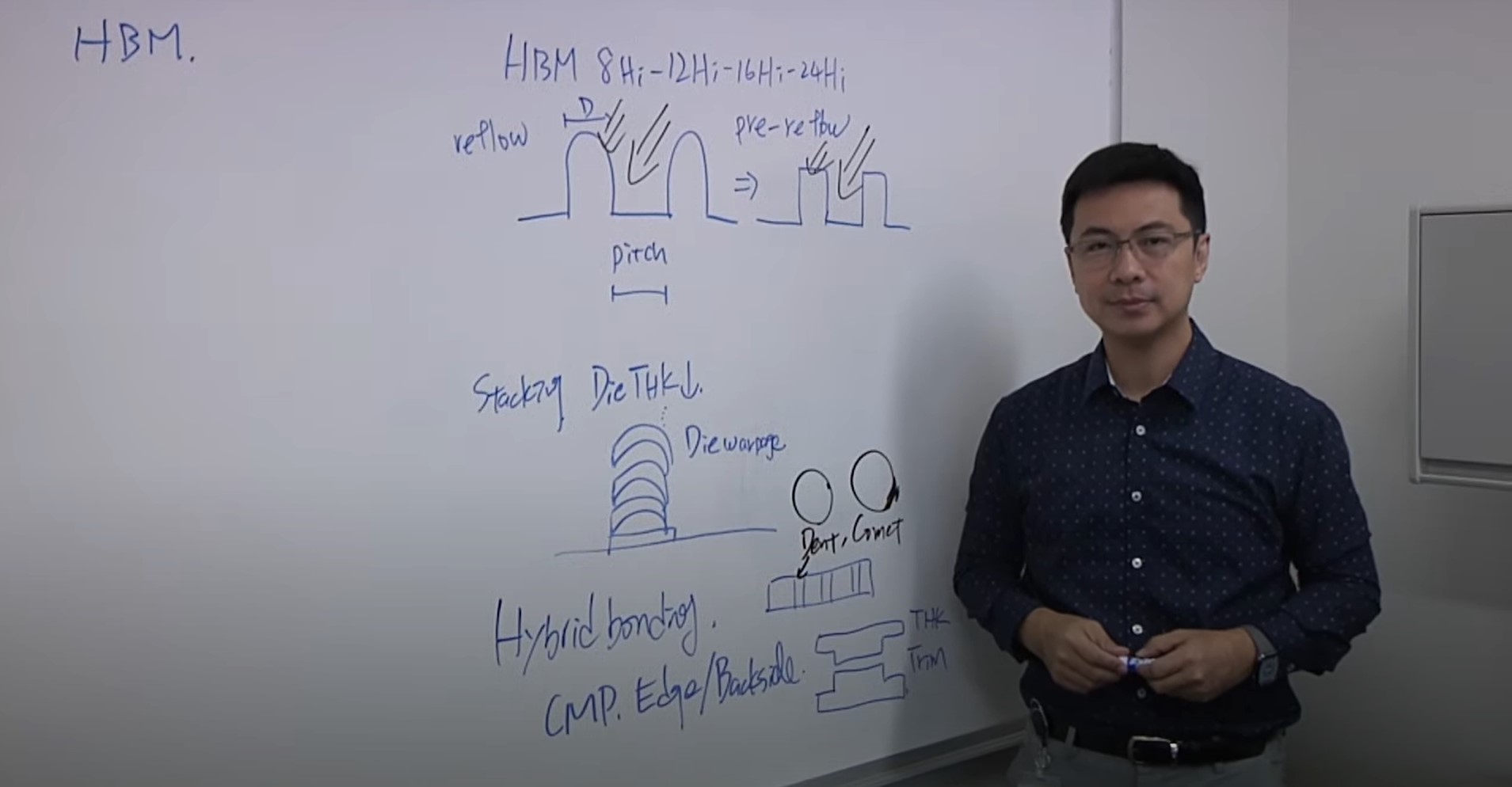A mother steps on the brakes, bringing her car to a stop as she drops her kids off for dance lessons. At the time, she doesn’t notice anything wrong, but when she takes her car in for its regular service appointment, the mechanic conducts a diagnostic check and discovers that the primary brake system on the car had failed because of a faulty braking controller without anyone realizing it. Fortunately, the car was able to stop successfully due to the vehicle’s system redundancies, and the dealer’s diagnostic test confirms that since that first chip failure, another one has not occurred. The braking systems are behaving normally.
Following that, the dealership sends the information about the braking failure to the manufacturer, where an analyst notes that over the last 60 days, and around the country, six other brake failures traced back to the same controller system have been reported for the same make and model. In each of these situations, the backup system successfully brought each car to a complete stop. And, as in the case with the mother who dropped her kids off at dance class, the analyst looks at the reporting samples for these six other failures and determines that each is isolated and non-recurring.
A recent study shows the radio frequency (RF) filter market growing steadily by nearly $16 billion from 2019 to 2024 at a compound annual growth rate (CAGR) of approximately 20%, according to Technavio. The strong growth in the RF filter market is driven by the increased adoption of 5G technology, the surge in smartphones using 5G, and commercial and consumer devices dependent on internet of things (IoT) applications. Together, these factors are some of the most significant players driving society’s digital transformation.
However, the RF filter market is faced with many of the same challenges the semiconductor industry as a whole is experiencing, including the need to pack more into increasingly smaller spaces. In each successive generation of RF filters, the number of filters has not only steadily increased, the rising number of filters has led to a need for more stringent process monitoring and control. A frequency accuracy, 3σ of 0.1%, requires film thickness control within the same accuracy or better.
Let’s look at one RF filter component, a bulk acoustic wave (BAW) resonator. A BAW is a piezoelectric structure sandwiched between the top and bottom electrodes. The resonant frequency depends on the acoustic velocity and the thickness of the piezoelectric film, and the thickness of the electrode. The thickness of the top electrode as a mass loading layer can be dialed in to generate a frequency shift, which is often used to form a filter passband.
Since the RF filter process is directly correlated to thickness, extremely uniform films (~0.1% or better) need to be deposited. With the additional requirements of 5G to support higher frequencies and increased bandwidth, RF filter device manufacturers employ several different process knobs to tune the devices. For example, we see an increasing trend toward thinner layers to support higher frequencies, the adoption of Sc-doped piezoelectric materials to improve piezoelectric coupling and the addition of temperature compensation SiO2 layers to the stack to improve the temperature coefficient of the resonator.
As 3D NAND continues to scale vertically — all in the name of increasing capacity and speed and reducing inefficiency and cost — maintaining channel hole critical dimension (CD) and shape uniformity becomes even more challenging. Faced with rising high-aspect ratios, addressing these challenges requires new inline non-destructive metrology to provide real-time process control. Infrared critical dimension metrology (IRCD) is one solution.
But while IRCD can be used to measure high-aspect ratio structures like the amorphous carbon hardmask and channel hole profile in 3D NAND, the mid-IR wavelength range can be used to measure non-memory devices like logic and CIS. In particular, IRCD can be a powerful metrology resource when it comes to detecting fluorinated polymer residue after cleans in advanced logic devices and measuring vertical doping concentration profiles after plasma doping in CIS.
In the leading high-volume manufacturing (HVM) process flows, materials-enabled scaling has increased inline applications for compositional metrology.
A previous blog discussed how Fourier transform infrared (FTIR) spectroscopy was used for inline composition measurements. These measurements informed advanced process control for the wafer-level processing of selectively etched 3D NAND wordlines and DRAM capacitor profiles.
FTIR metrology has further HVM applications, including incoming substrate quality assurance, hardmask selectivity qualifications in the middle of the line, and verification of Low-K porogen evolution during interlayer dielectric (ILD) depositions on the back end of the line. These examples illustrate how FTIR modeling delivers metrics based on materials’ bond types for compositional process control.
Vacuum based processes are essential in the semiconductor manufacturing process. In the simplest terms, integrated circuits are composite structures fabricated one layer at a time. Each layer is deposited as a blanket film, then patterned by removing material in selected areas. The final, three-dimensional structure, made up of insulating, conducting, and semiconducting components, forms a functional circuit. Most of the deposition and removal steps take place in a vacuum environment, which creates the physical conditions required for the process to proceed, ensures the purity of the material deposited, and removes excess process chemicals and by-products from the process chamber. Throughout its history, the semiconductor industry has defined progress almost exclusively by its ability to reduce the size of the devices it creates. Measuring critical dimensions of the component structures and controlling the manufacturing process to ensure high yields of functional devices have been a critical requirement for progress. These structures became too small to resolve with image based light microscopy decades ago. Manufacturers now rely on scatterometry for optical critical dimension (OCD) measurements. Because it is not image based, scatterometry is not constrained by the diffraction effects that limit image resolution. Furthermore, and especially important for current device architectures, scatterometry can provide three-dimensional measurements. In this article we will look at the fundamentals of OCD and provide some examples of its use on simple, representative structures.
The semiconductor industry is constantly marching toward thinner films and complex geometries with smaller dimensions, as well as newer materials. The number of chemical mechanical planarization (CMP) steps has increased and, with it, a greater need for within-wafer uniformity and wafer-to-wafer control of the thin film layers.
Process engineers have typically adopted over-polishing and re-working as part of the standard operating procedure to reach the desired end point and required film uniformity on the wafers. This is because the current generation of integrated metrology toolsets are based on relatively simple optical techniques, such as reflectometry, and do not have the inherent high resolution offered by off-line techniques, such as ellipsometry, which are technically complicated and cost prohibitive to implement as integrated solutions on process tools.
When it comes to thin film residuals, the current steps in the CMP process — with both over-polish and rework steps playing prominent roles — are inefficient and result in lower yields.
The next generation of CMP tools from leading suppliers are targeting a 100% increase over current throughput, going from 80 to 100 wafers per hour to more than 200 wafers per hour. In order to achieve the expected increase in throughput, the time currently being spent on offline feedback and rework is simply not feasible as a part of a process control strategy.
If the true potential of these next-gen CMP tools is to be reached, these CMP tools must be installed with integrated metrology capable of measuring extremely thin films and accurately reporting the end point, thereby eliminating the need for offline metrology. With this requirement, integrated metrology modules will need additional input and data processing capability to measure sub-50Å residual films in a CMP environment.
A recent internal study between Onto Innovation and Micron indicates that a hybrid metrology approach can be effective in improving the measurement accuracy of thinner films. This approach combines measurements from different steps in the process and then uses that information to enhance the data analysis of the integrated metrology tool via machine learning. Such an approach provides accurate film thickness discrimination and enables the proper end point in CMP. This reduces the need for over-polishing and significantly reduces the rework rate.

